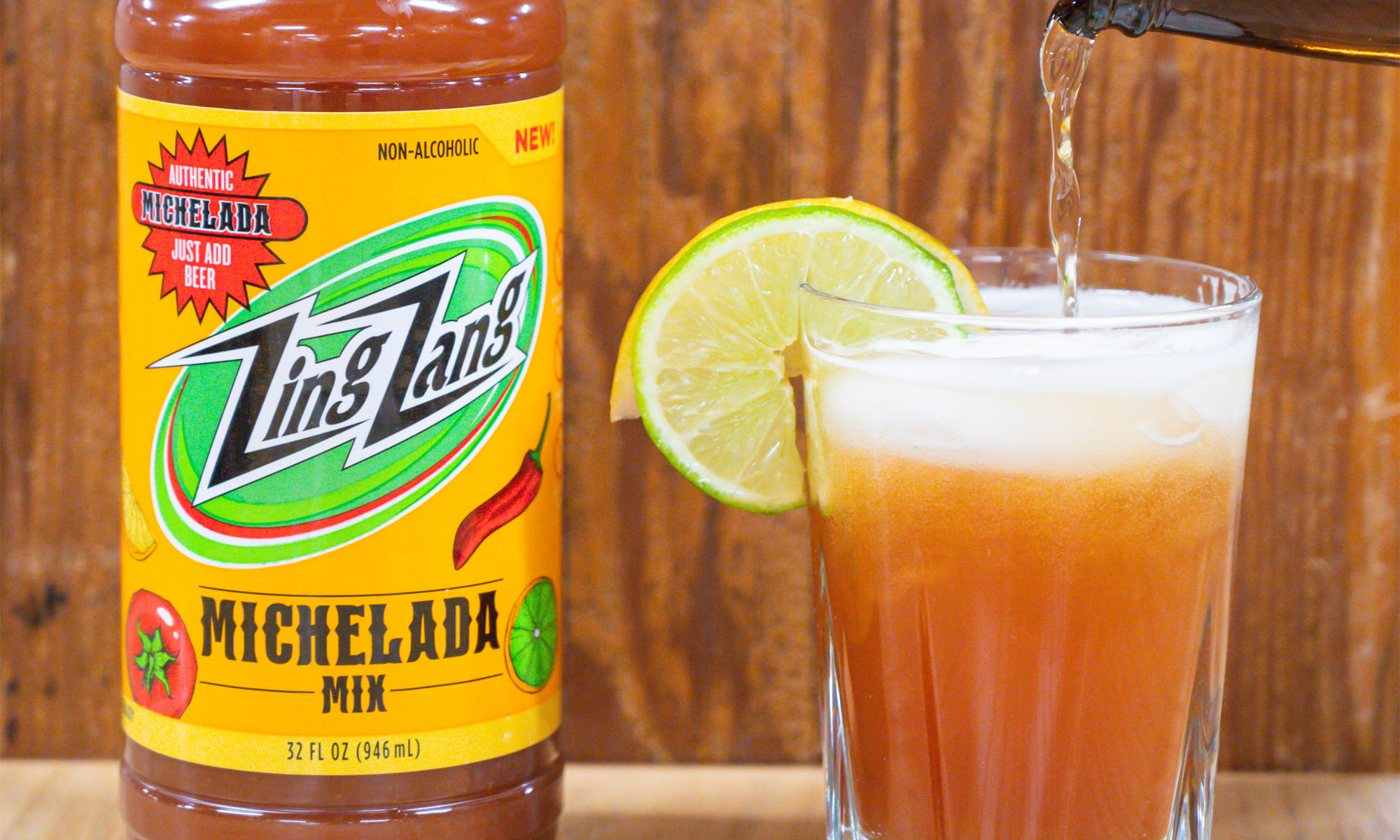Everything You Need To Know About Lambrusco For World Lambrusco Day
By Chilled Magazine
Like many wine varietals, Lambrusco was a victim of the ‘80s. But, this historic Italian grape has been making a comeback; here’s what you need to know.
The name Lambrusco covers a family of over 60 known varietals of grapes that are some of the oldest wine-making grapes known to man. Evidence of their use dates to the bronze age; ancient Etruscans and Romans including Pliny the Elder referenced the grape varietal with the latter documenting it in his Naturalis Historia.
Despite this storied history, the grapes’ reputation took a dramatic hit in the ‘80s (like many wines and alcohols) as makers turned to quantity over quality and American palates went for overly sweet and sparkling flavors. Traditionally, Lambrusco is bottle fermented or at least carefully watched to create either a traditional red or a light, nearly prosecco-like, pale pink lightly fizzing wine. To keep up with American demand for sweetness, makers opted to use bulk fermentation methods in Charmat tanks. The result was a relatively short-lived trend and the varietal earning the title of “Coca-cola of wine.” Today, most vintners are giving their Lambrusco’s a bit more care and crafting dryer, higher alcohol wines that have fresh, balanced acidity.

Light & Dry Lambrusco Varietal image by Kevin Kelly
Get To Know The Grapes
With the 60 varietals, it’s hard to pin down the exact notes to expect with a modern Lambrusco, but many producers are operating out of the Emilia-Romagna and Modena regions where there are six Appellation of Origin areas. The flavor can range from very sweet to very dry and colors can vary from light to deep, purple-toned red. Some of the most common tasting notes include dark cherry, blackberry, and other dark berries with some varietals having floral notes of violet, hints of baking spice, or citrus notes. When aged to full phenolic ripeness expect a wine with an intense perfume and a bright, purple-red hue.
One of the biggest benefits of well-made Lambrusco is that you can pair it with nearly anything. Bolder varietals work well with heavier pasta dishes, cheese, red meat, and olives. Lighter, dryer styles work well with a wide range of foods including charcuterie. In general, Lambrusco works with a wide range of foods thanks to a slightly savory leaning palate.
When serving, opt for white wine glasses or tumblers and keep the wine chilled to 55-60º Fahrenheit. Note that Lambruscos are meant to be enjoyed young, so bottles should be enjoyed quickly rather than stored.









